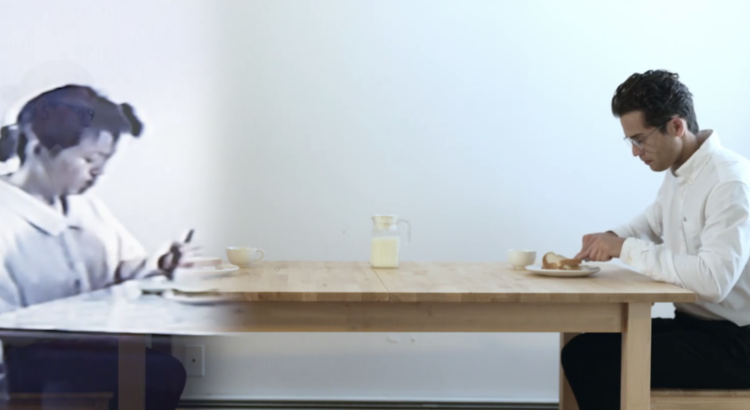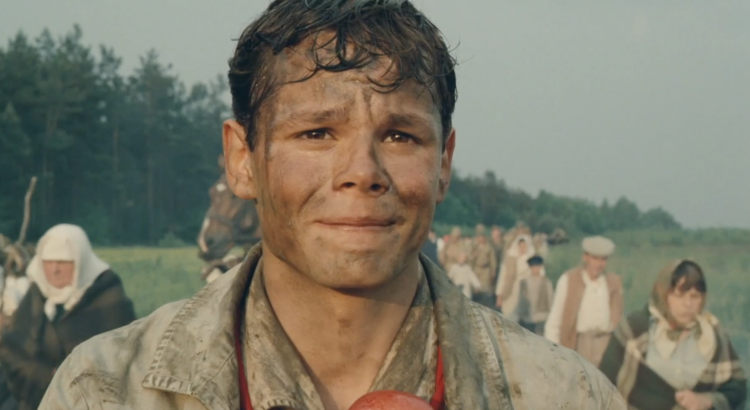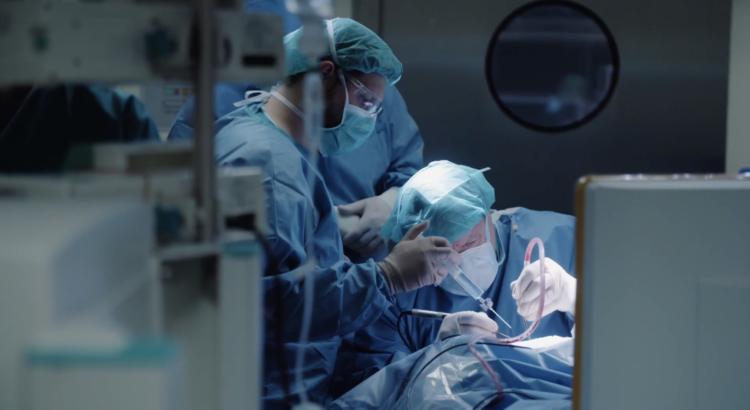Running time: 75 min
Director: Huang Xin / Bao Ye
Countries: USA, China
Genre: Documentary
Dream in Silence has all the qualities an engaging documentary should have: an immigrant story, set in NYC, about a man’s end-of-life dream, and a collision between young and old. Self-proclaimed as a dying man, the subject, Fang Sir, is a funny, sensitive, and unpredictable graybeard who is like someone out of fiction. Before he immigrated to the U.S., he was a promising director in Taiwan. After decades of being distant from creative business, he decides to remake what he calls a “western” version of his award-winning short film from 40 years ago. A dozen young Chinese filmmakers were on board to help Fang Sir fulfill his dream. However, if you think this story may be no different from the touching ones that happened in the home-renovation shows, you might want to hold that thought, because how Fang Sir’s film project started and how the shooting went through are just beyond bizarre. Fang Sir isn’t any ordinary guy. He is wacky. He has a young heart. He makes you love and hate him at the same time.
Fang Sir’s initial capital is $300 that is supposed to be used on fixing his teeth. He tries to convince his producer, whom he met while waiting in the line for the restroom, to ask Ang Lee for financial support. The only thing that crossed their paths was that Lee had won the same Golden Harvest Award as Fang Sir did 30 years ago. He joked about the possibility of getting hit by a car and then using the insurance money to make his film, but it seems odd that he often positions himself not as the point person solving problems but more like a demanding customer. People on his team seem to be mostly film school graduates and professionals in the industry. By contrast, Fang Sir is laughed at as an amateur and is not on the same page with his young teammates.
Dream in Silence follows Fang Sir and his team’s preparation and official filming.  The original short film, Silence (缄默), was directed by Fang Sir and shot by Christopher Doyle in 1979. Unsatisfied with Doyle’s cinematography, Fang Sir reshot the film in 1989. The 2020 version is the second-time remake. Fang Sir is currently consulting another film crew to make his third remake because he wasn’t happy with their collaboration. It is questionable why Fang Sir is so obsessed with this one story and yet has not developed anything new to give it a new life after 40 years.
The original short film, Silence (缄默), was directed by Fang Sir and shot by Christopher Doyle in 1979. Unsatisfied with Doyle’s cinematography, Fang Sir reshot the film in 1989. The 2020 version is the second-time remake. Fang Sir is currently consulting another film crew to make his third remake because he wasn’t happy with their collaboration. It is questionable why Fang Sir is so obsessed with this one story and yet has not developed anything new to give it a new life after 40 years.
The fast-paced editing in Dream in Silence is a successful hook and makes Fang Sir’s filmmaking journey incredibly entertaining to watch. The documentary not only truthfully documents Fang Sir’s over-excitement and adorable statements, but also his insecurity as an artist, his panic moments, and self-contradiction. For better or for worse, Dream in Silence does not pity Fang Sir and does not track down the reasons behind his awkward and irresponsible behaviors. It seems to me that he relies more on the team’s help than the film crew ever needs him. Young filmmakers took it for granted that Fang Sir was lonely and much happier when they were together, but that might be too shallow of a conclusion to make. I can’t help to compare his life with the film he is remaking. Coming to the U.S. did not help him achieve his movie dream but rather became a thorn in him, for he could not stop thinking about what-ifs. The reality has poured cold water on his dream, and he gradually lost his voice.
Now playing at Philadelphia Asian American Film Festival till November 15.











